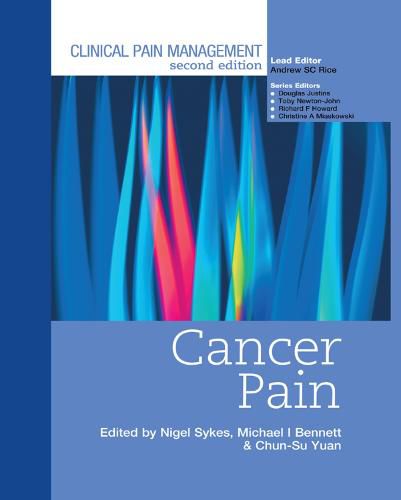Readings Newsletter
Become a Readings Member to make your shopping experience even easier.
Sign in or sign up for free!
You’re not far away from qualifying for FREE standard shipping within Australia
You’ve qualified for FREE standard shipping within Australia
The cart is loading…






Now divided into four parts, the second edition of Cancer Pain delivers broad coverage of the issues that arise in the management of malignancy-related pain, from basic science, through end of life care and associated ethical issues, to therapies, both medical and complementary.
Part One reviews basis considerations in cancer pain management, including epidemiology, pharmacology, history-taking and patient evaluation and teamworking.
Part Two brings together the drug therapies for cancer pain, their underlying basis, and potential side-effects.
Part Three covers the non-drug therapies, including nerve blocks, stimulation-induced analgesia, radiotherapy, complementary therapies and psychological interventions. The control of symptoms other than pain, so critical to cancer patients, is also considered here.
Part Four describes special situations. Cancer pain management in children and older patients, and in the community setting, and pain in the dying patient and the cancer survivor are all covered here.
$9.00 standard shipping within Australia
FREE standard shipping within Australia for orders over $100.00
Express & International shipping calculated at checkout
Now divided into four parts, the second edition of Cancer Pain delivers broad coverage of the issues that arise in the management of malignancy-related pain, from basic science, through end of life care and associated ethical issues, to therapies, both medical and complementary.
Part One reviews basis considerations in cancer pain management, including epidemiology, pharmacology, history-taking and patient evaluation and teamworking.
Part Two brings together the drug therapies for cancer pain, their underlying basis, and potential side-effects.
Part Three covers the non-drug therapies, including nerve blocks, stimulation-induced analgesia, radiotherapy, complementary therapies and psychological interventions. The control of symptoms other than pain, so critical to cancer patients, is also considered here.
Part Four describes special situations. Cancer pain management in children and older patients, and in the community setting, and pain in the dying patient and the cancer survivor are all covered here.